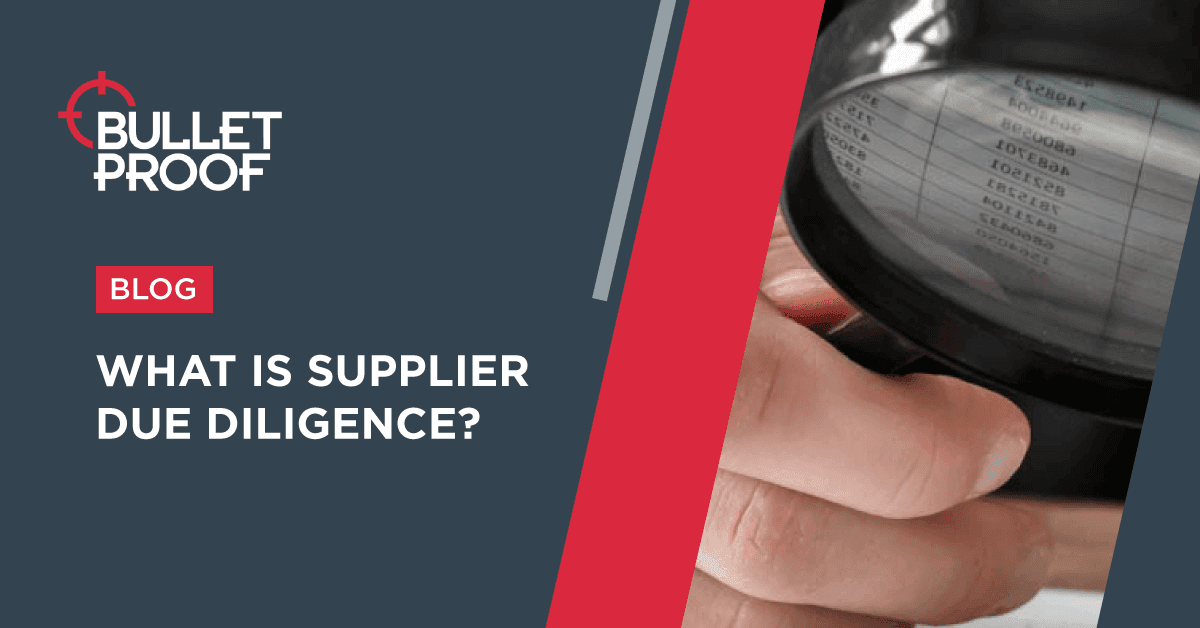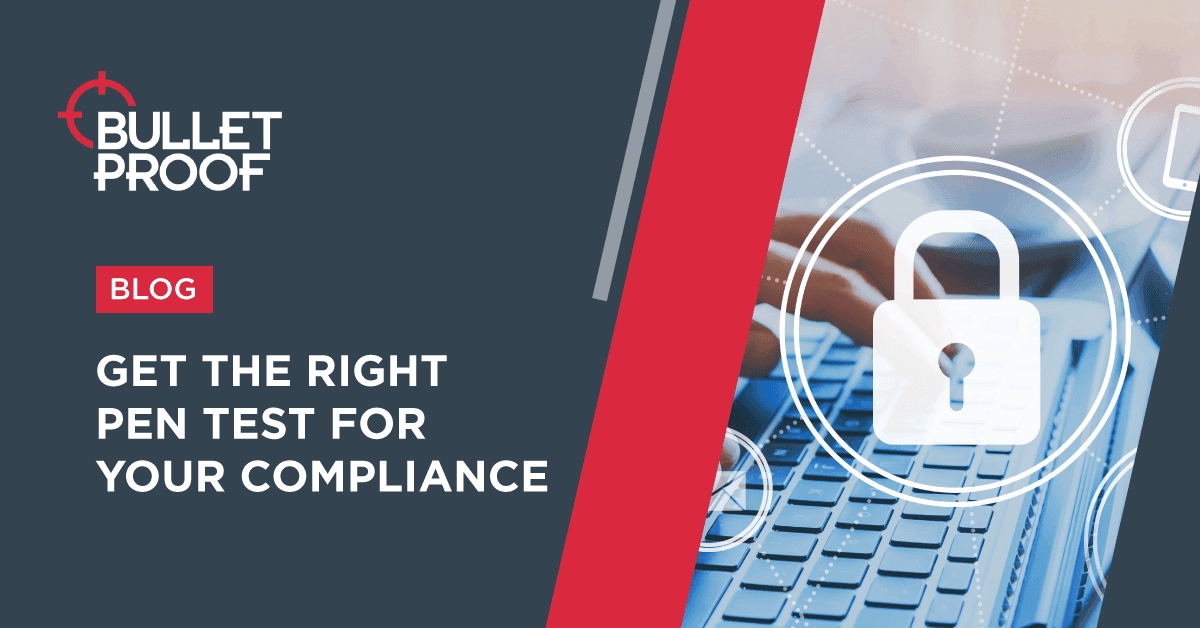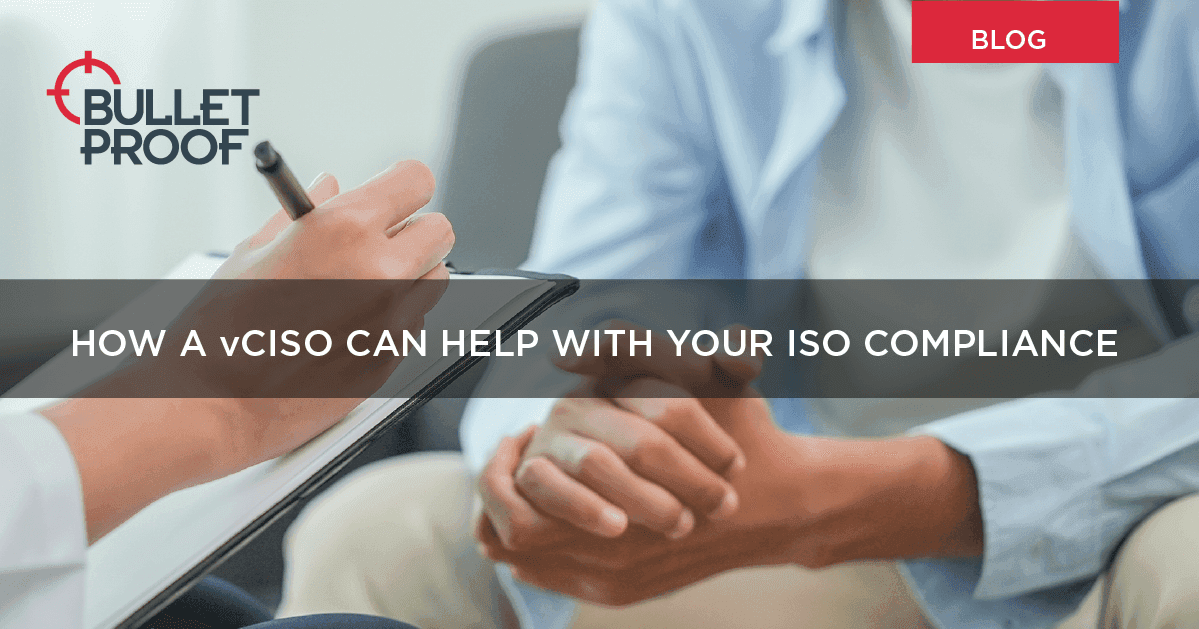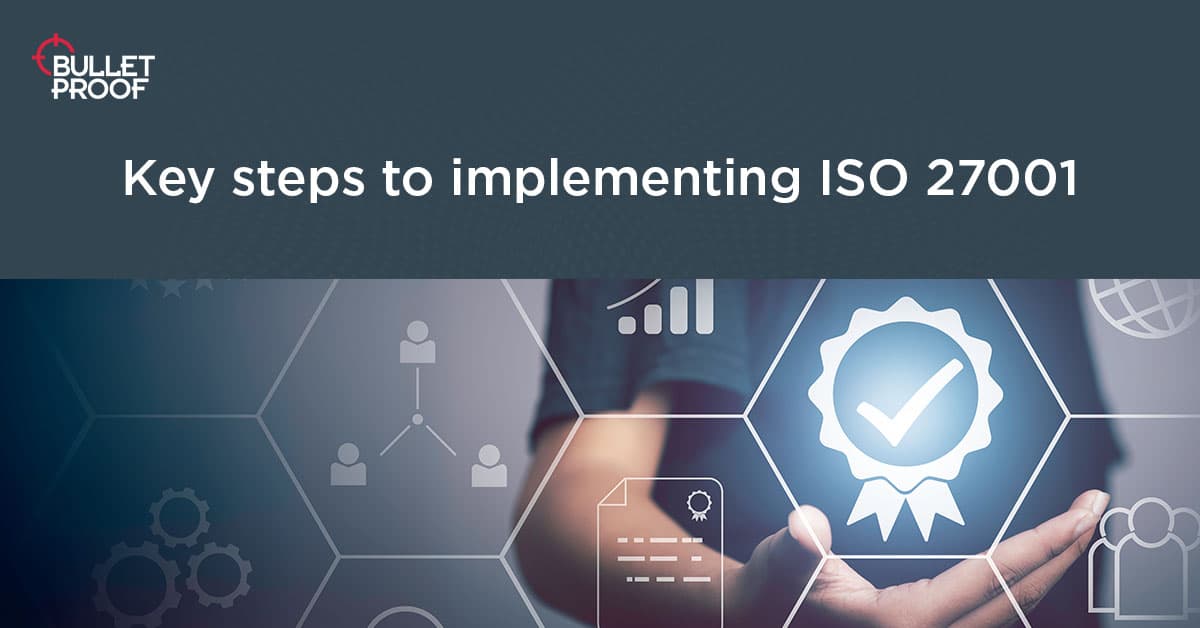Security TSC
Security is the only mandatory principle in the TSCs, and as such it’s often referred to as the ‘common criteria’ (CC). There are 9 points of focus within the security TSC:
CC1 Control Environment
CC2 Communication and Information
CC3 Risk Assessment
CC4 Monitoring Activities
CC5 Control Activities
CC6 Logical and Physical Access Controls
CC7 System Operations
CC8 Change Management
CC9 Risk Mitigation
















